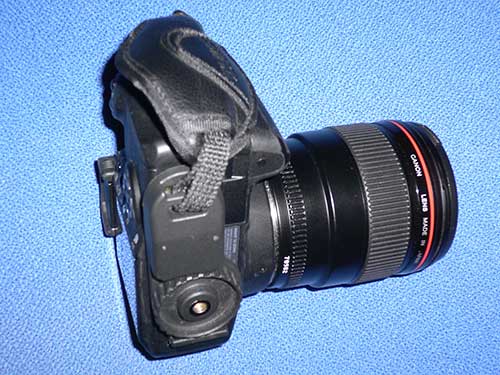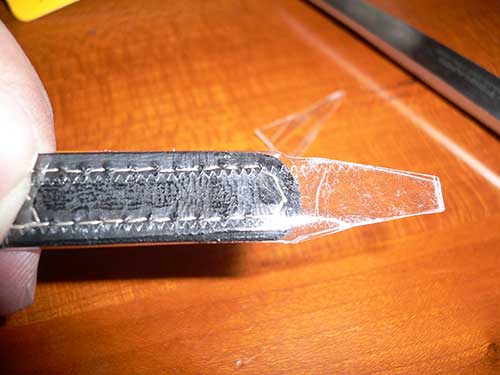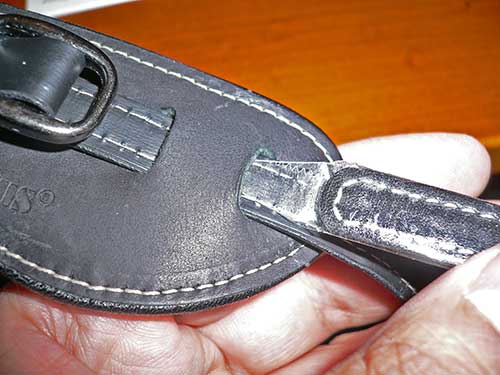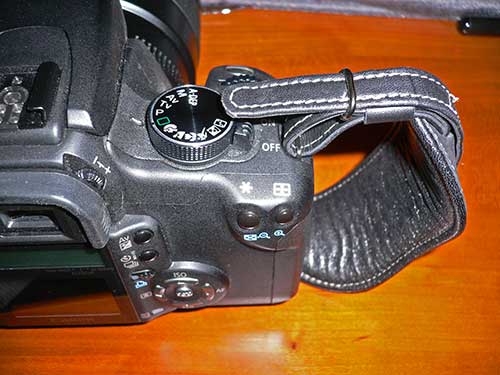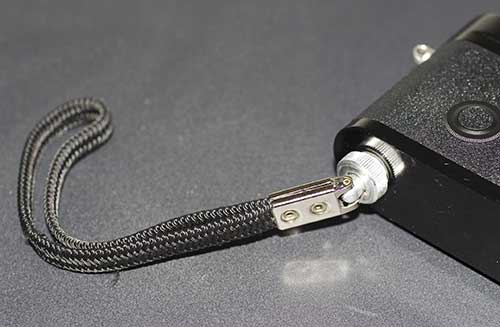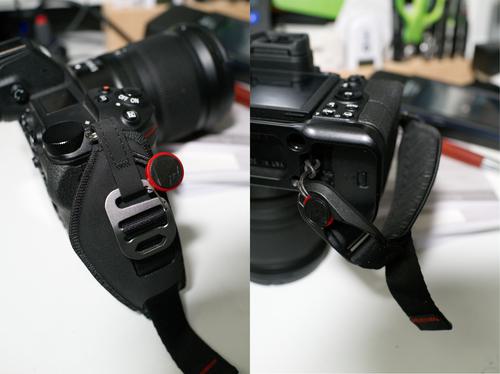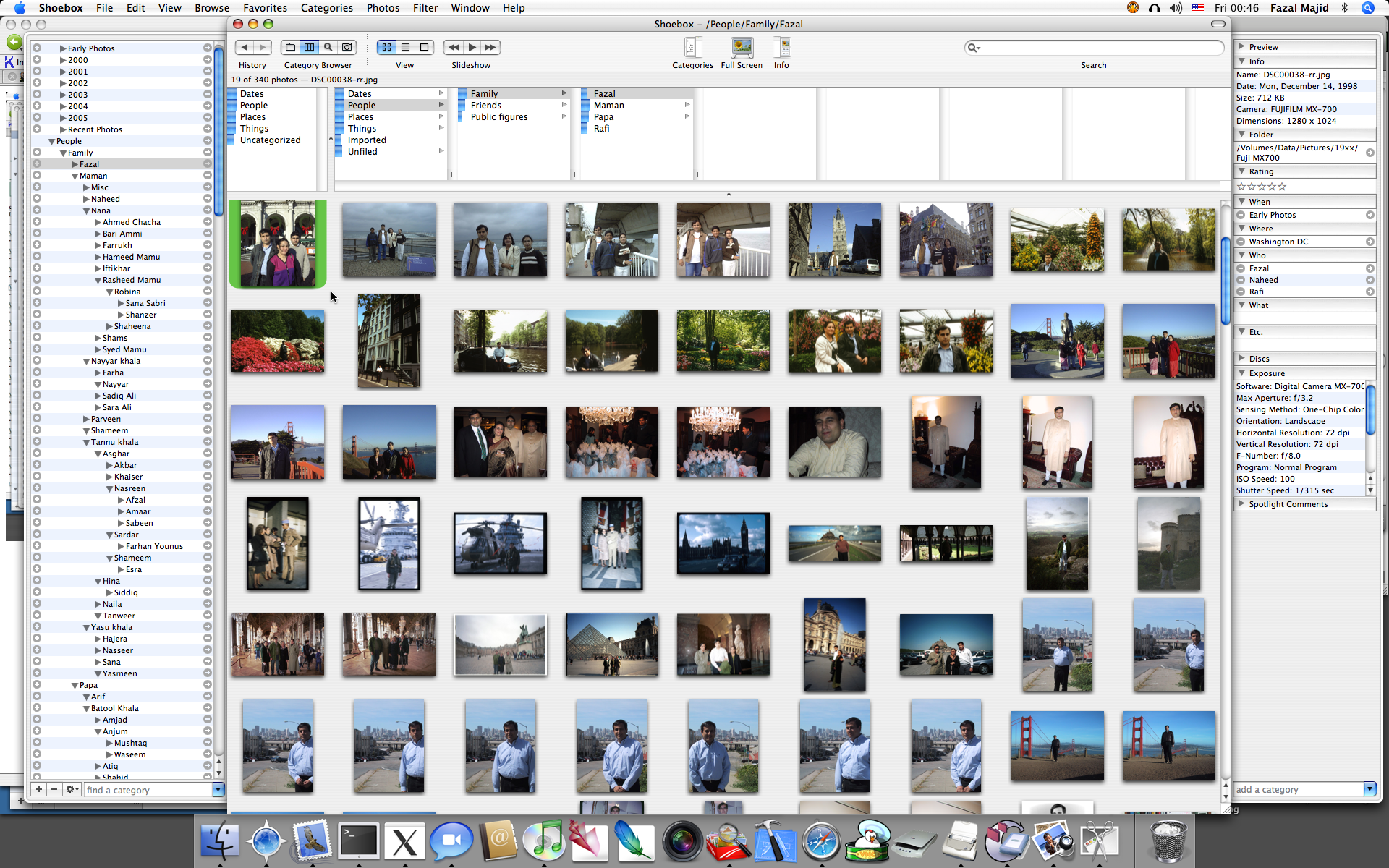Is Vista a piece of unalloyed garbage?
As far as I can see, the answer is yes.
About a month ago, my two-year old Windows PC game machine started crashing every two minutes in NWN2. This proved the last straw, and I decided to upgrade. One of the games I have, but seldom play is Oblivion, which is graphically gorgeous, but chokes on anything but the most powerful hardware at ordinary resolutions, let alone my Apple Cinema Display HD’s 1920×1200, and cutting-edge video cards are no longer available for the AGP bus in any case.
I looked around for packaged solutions from systems integrators, specialized gaming PC companies like AlienWare, and Dell. Contrary to conventional wisdom, it is still much cheaper to build a PC from components than to buy one from a major vendor, $1500 vs. $2500 minimum. Part of the reason is that the vendors flag anyone wanting the absolute best video card as a “cost is no object” customer, add all sorts of expensive components that make no sense in a machine that will only ever be used for games, like fancy DVD burners or flash card readers to jack up the profit margins. As if anyone in his right mind would use a Windows computer for serious work like digital photography…
My configuration is the following: a relatively quiet Antec Sonata II case, an Abit KN9 Ultra motherboard, an AMD Athlon x2 5200, 2GB of Kingston DDR-800 RAM, a humongous nVidia GeForce 8800GTX video card, a 500GB hard drive and a basic DVD-ROM drive.
When it came to choosing the OS, after much trepidation I opted for Vista Home Premium because the 8800GTX is one of the few cards that support DirectX 10, which is a Vista-only feature. I knew Vista would embezzle half the processing power of one core in DRM code that is actually working against my interests, but then again nobody in his right mind would use DRM-ed formats, whether Microsoft or otherwise, to store their music library, so the damage would be limited. Also, Vista comes with “downgrade rights” which allow you to legally install the previous version of Windows.
Vista comes in an attractive copper-colored DVD that is actually quite elegant. Its color scheme is also far superior to the molten Play-Skool set monstrosity that is XP. When I started the Vista installer, I was pleasantly surprised by how quickly it dealt with hard drive formatting (the previous Windows I installed myself is Windows 2000, which will insist on a time-consuming full format instead of the quick format used by the XP or Vista installers). The good impression lasted for all of five minutes. After the inevitable restart to complete installation, the screen promptly dissolved into a scrambled red-and-white screen of doom (I did glimpse a blue screen of death shortly before it rebooted). The diagnostics were completely unhelpful, as could be expected. When the operating system cannot even install itself, you have got to wonder…
Dejectedly, I fished out a Windows XP install DVD. it would not accept the Vista serial number. So much for downgrade rights. Of course, since the package was now opened, no hope for a refund either. I ended up buying a copy of Windows XP, which installed without a hitch. Of course, I still had to install the video drivers, but it did not crash half-way through the install procedure. And Oblivion is now playable without agonizing stutters every two paces.
The 8800GTX is very recent hardware, which did not even have non-beta Vista drivers when I installed it, so I could understand the OS falling back to SVGA mode. There are no other really exotic components here, certainly nothing than XP SP2 could not deal with and therefore Vista should as well. The machine is also well within the recommended minimum configuration (although some experts now advise 4GB of RAM as a realistic minimum for Vista). Crashing during install, when a five year old OS like XP handles it just fine, is simply unacceptable in my book. Even Solaris 10 Update 3, an OS notorious for its limited hardware support, installed without a hitch. Despite the ten man-millennia Microsoft invested in this lemon, they apparently could not be bothered to test the installer.
Conclusion: unless you buy a computer with Vista pre-installed, avoid it like the plague until SP1 is out, just like Intel.
Post scriptum:
Actually, I would not even recommend a PC with Vista preinstalled, as it has terrible backward compatibility. It will not run Office 2000, which is what my company has, for instance. Joel Spolsky has an excellent article on how the new, bloatedly bureaucratic Microsoft lost its way by sacrificing backward compatibility on the altar of useless marketectures. Perhaps they are just trying to force-upgrade people to Office 2007. They should beware: unlike 2002, people have credible alternatives now.
Update (2007-08-30):
The paper about how Vista eats up CPU on DRM has been criticized by the generally reliable George You. My point about the inability to even install on a modern machine that XP has no problems with remains. In any case, having the operating system constantly eat up CPU on tasks I do not want it to, whether it is 7% or 100% of one core, is still morally no better than a parasitic botnet.
